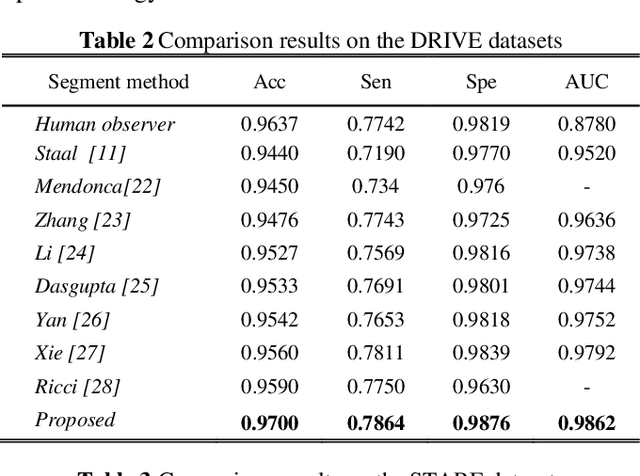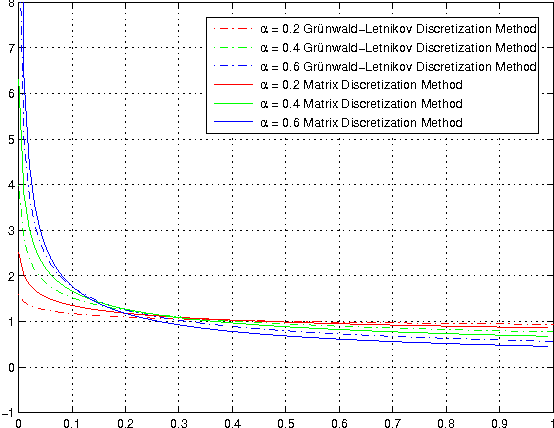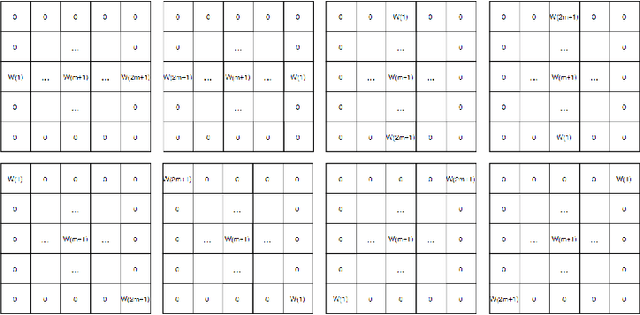Dali Chen
Variational Disentangled Graph Auto-Encoders for Link Prediction
Jun 20, 2023



Abstract:With the explosion of graph-structured data, link prediction has emerged as an increasingly important task. Embedding methods for link prediction utilize neural networks to generate node embeddings, which are subsequently employed to predict links between nodes. However, the existing embedding methods typically take a holistic strategy to learn node embeddings and ignore the entanglement of latent factors. As a result, entangled embeddings fail to effectively capture the underlying information and are vulnerable to irrelevant information, leading to unconvincing and uninterpretable link prediction results. To address these challenges, this paper proposes a novel framework with two variants, the disentangled graph auto-encoder (DGAE) and the variational disentangled graph auto-encoder (VDGAE). Our work provides a pioneering effort to apply the disentanglement strategy to link prediction. The proposed framework infers the latent factors that cause edges in the graph and disentangles the representation into multiple channels corresponding to unique latent factors, which contributes to improving the performance of link prediction. To further encourage the embeddings to capture mutually exclusive latent factors, we introduce mutual information regularization to enhance the independence among different channels. Extensive experiments on various real-world benchmarks demonstrate that our proposed methods achieve state-of-the-art results compared to a variety of strong baselines on link prediction tasks. Qualitative analysis on the synthetic dataset also illustrates that the proposed methods can capture distinct latent factors that cause links, providing empirical evidence that our models are able to explain the results of link prediction to some extent. All code will be made publicly available upon publication of the paper.
A Segmentation-Oriented Inter-Class Transfer Method: Application to Retinal Vessel Segmentation
Jun 20, 2019



Abstract:Retinal vessel segmentation, as a principal nonintrusive diagnose method for ophthalmology diseases or diabetics, suffers from data scarcity due to requiring pixel-wise labels. In this paper, we proposed a convenient patch-based two-stage transfer method. First, based on the information bottleneck theory, we insert one dimensionality-reduced layer for task-specific feature space. Next, the semi-supervised clustering is conducted to select instances, from different sources databases, possessing similarities in the feature space. Surprisingly, we empirically demonstrate that images from different classes possessing similarities contribute to better performance than some same-class instances. The proposed framework achieved an accuracy of 97%, 96.8%, and 96.77% on DRIVE, STARE, and HRF respectively, outperforming current methods and independent human observers (DRIVE (96.37%) and STARE (93.39%)).
Fractional Calculus In Image Processing: A Review
Aug 10, 2016



Abstract:Over the last decade, it has been demonstrated that many systems in science and engineering can be modeled more accurately by fractional-order than integer-order derivatives, and many methods are developed to solve the problem of fractional systems. Due to the extra free parameter order, fractional-order based methods provide additional degree of freedom in optimization performance. Not surprisingly, many fractional-order based methods have been used in image processing field. Herein recent studies are reviewed in ten sub-fields, which include image enhancement, image denoising, image edge detection, image segmentation, image registration, image recognition, image fusion, image encryption, image compression and image restoration. In sum, it is well proved that as a fundamental mathematic tool, fractional-order derivative shows great success in image processing.
 Add to Chrome
Add to Chrome Add to Firefox
Add to Firefox Add to Edge
Add to Edge